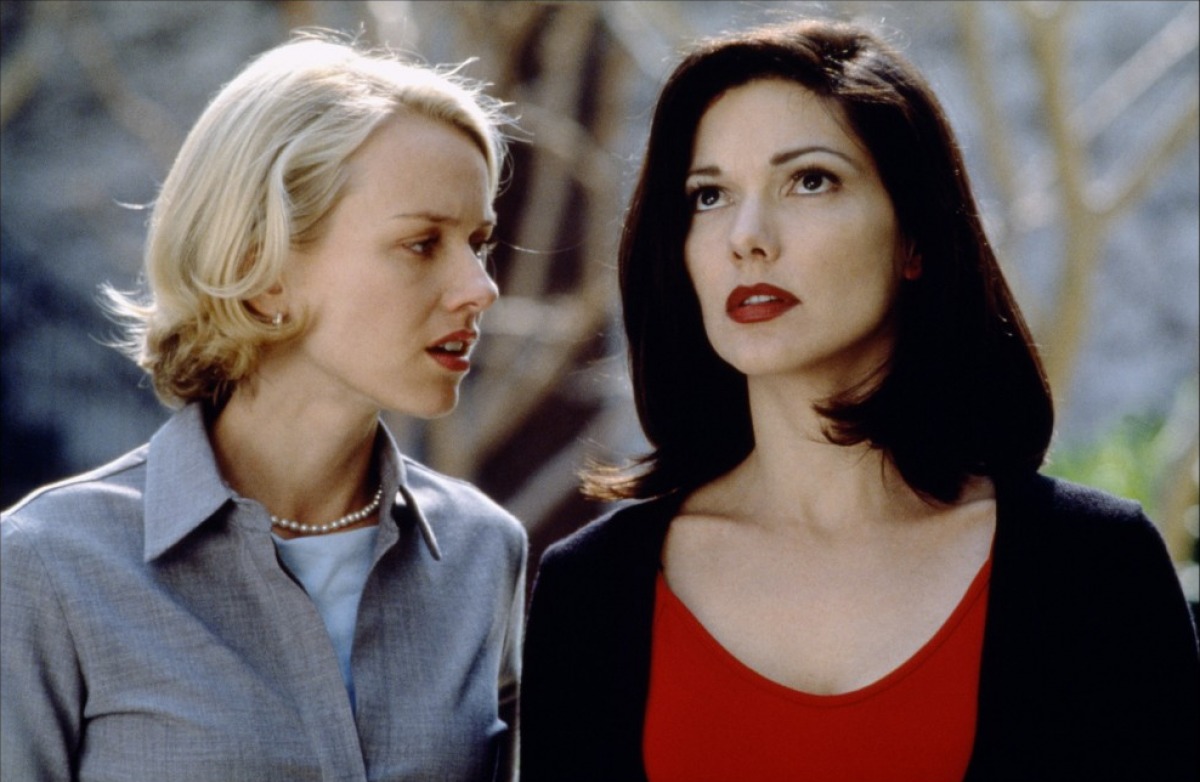
This list should be prefaced with the assertion that the ‘worst’ of David Lynch’s films is a very different idea to the worst of many other directors’ respective back catalogues. Each time that David Lynch has taken the helm on a feature film, the result has been something adventurous, challenging and, most importantly provoking discussion long after the popcorn kernels and fluff-covered jelly babies have been swept from the cinema floor.
Indeed, each of the films that Lynch has directed seems to exist in a place of its own which does not bear easy comparison. The only way to do so, therefore, is to focus on one or more elements. If one were to compose a ranking of Lynch’s films based on casting, the list might look one way. If cinematography were the measure, things might look very different.
The answer in terms of this list is to take the wording of the title, ‘feature films.’ What is a feature film? If we know that, we can judge those of Lynch against a set of criteria. That is not to say that aspects like cinematography, casting and other considerations will not figure at all, but a central idea will help to bring some order and surety to proceedings.
The Oxford English dictionary defines a film as ‘a story or event recorded by a camera as a set of moving images and shown in a cinema or on television.’ In those terms, the key word is story. As the purpose of a film then, is to bring a story to the screen, this will be the primary consideration on which this list will be based.
10. Dune (1984)
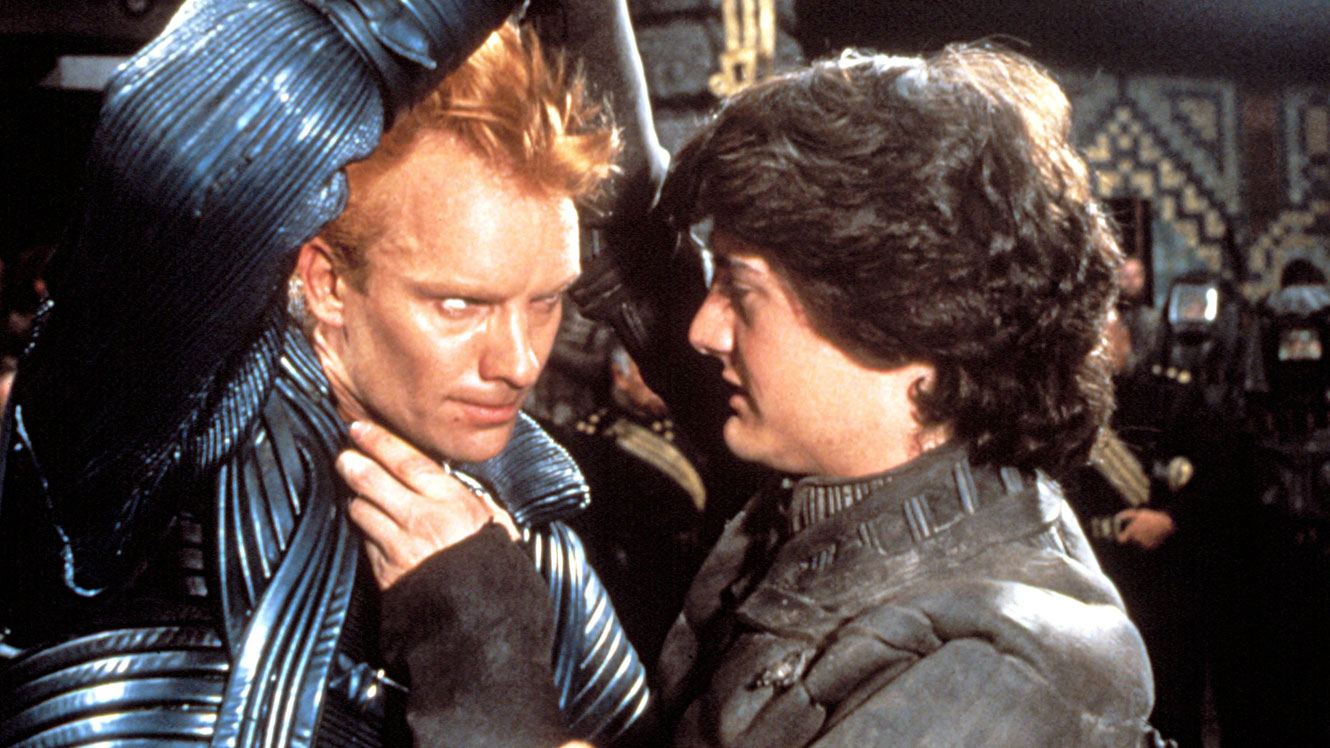
Frank Herbert’s science fiction masterpiece was Lynch’s first experience of big budget film making and, by all accounts, not a pleasant one for the young director. The story is one that did not fit into the expected running time of a mainstream Hollywood film at that time.
Long before Peter Jackson was given free rein to adapt The Lord of the Rings trilogy in as much time as he needed, no such allowances were made to Lynch who was pressed into delivering a film under two hours; half an hour less than he wanted. A longer cut of the film does exist, however Lynch has removed his name from it and he refuses to defend the film as being entirely his own.
There is no guarantee that more time would have resulted in a better film, regardless of how much freedom Lynch enjoyed. The truth is that too many of the central themes of Herbert’s book are overlooked or glossed over and the story jumps around from place to place, summing up years of time in a single voiceover and leaving the audience feeling that they have been deprived of seeing the more interesting events. Also, the action sequences in the film are not particularly exciting and certainly have not aged well.
That is not to say that Dune is a failure. There is so much to love about the film. The cast that was assembled was quite magnificent and they play their roles with a definite gravity that suits the weight of the source material. The look of the film is very good, too.
There are some glorious sets combining many different architectural influences and the costumes fit perfectly. There has been much criticism of the Fremen stillsuit design lacking grace however, when taken for what it is, the look presented in Lynch’s film seems quite true to purpose.
Unfortunately, the biggest problem with Dune is that it misses out on the opportunity to represent the major themes of Herbert’s book: ecology and religious manipulation. The latter is only hinted at whilst the former is barely even glimpsed. The one location that needed to be made a terrifying reality, a character in itself, was the open desert of Arrakis where the tiniest drop of water wasted can lead to death.
9. Inland Empire (2006)
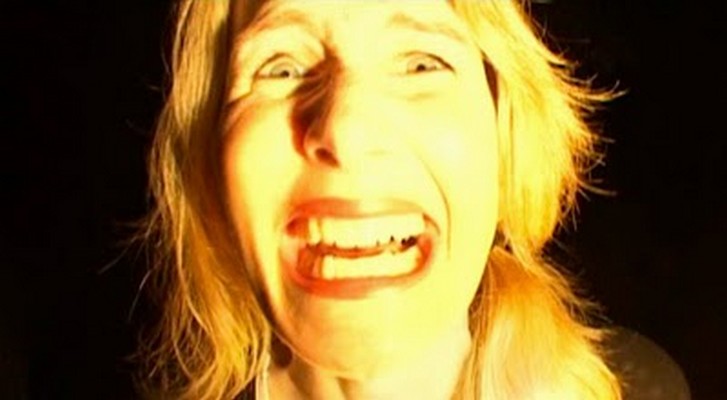
Lynch’s latest feature film to date has been compared to a spider’s web, in that it does not follow any conventional narrative structure. Instead, the viewer is taken from point to point, some interconnected and some not, repeatedly being brought back to different motifs but with no sense of chronology or impact.
There is a story, or rather several stories, and the beauty of the film is that they are woven together in a dream-like fashion. Everything from an actress in a film within a film to a prostitution ring to a TV show featuring people with rabbit heads is blended together and we are made to question where everything fits.
The film was an experiment for Lynch in many ways: he had no finished script when he started and actors would receive their lines when they arrived on set. He also filmed the entire project using digital video. In fact, he has said in the past that he didn’t originally intend the project to be a feature film but merely some ideas that he had that he would film. This is what makes the film so interesting and it is also what places it in this position on the list.
The story presented to us is purposefully unfathomable and is simply an experience. No matter how beautiful, harrowing or surreal the experience is, it does not give the viewer any way in as we are kept off balance throughout. Three hours (over double the running time of Eraserhead) is a long time to keep people off balance and this makes it hard work for the viewer.
Ultimately, if Inland Empire were an installation in an art gallery, one might spend hours staring at it, being swept away by the imagery and mystery. One might lose all track of time and be entranced or wander in and out, snatching snippets of meaning with each visit. That is its brilliance; it is also its weakness in comparison to Lynch’s other works.
8. Lost Highway (1997)
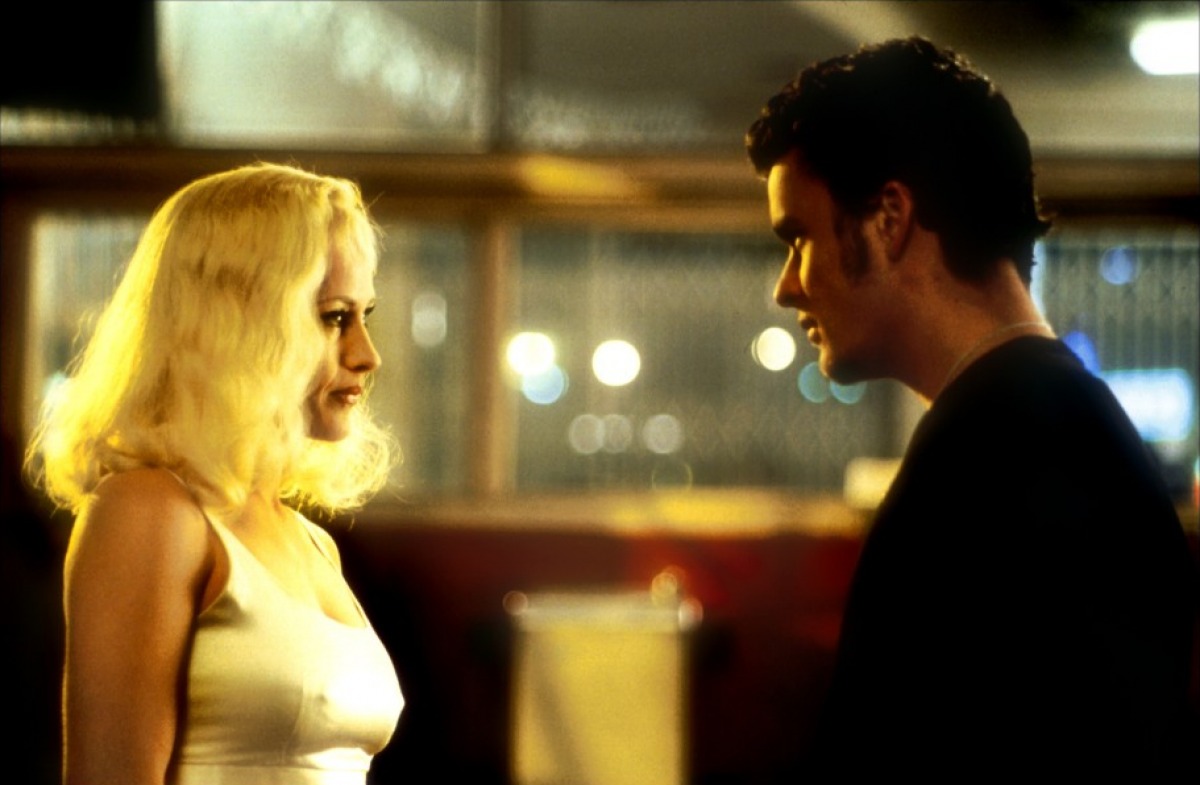
There is a brilliance about the look of this twisted double of a story. From the claustrophobia of Fred and Renee’s place to the darkness of the desert night there is a definite beauty about the visuals of Lost Highway. The score is also excellent, with fantastic musical choices including David Bowie’s I’m Deranged over the manic opening credits sequence.
The story itself is a wild ride that sells you on one idea and then does an about face and sends you in a completely different direction, only to bring you around to somewhere close to where you started. In the strictest sense, it’s a very traditional cyclical narrative however what goes on within the cycle is far from what you expect.
Bill Pullman’s jazz saxophonist is put through a nightmare series of events, including a truly terrifying sequence at a party with Robert Blake’s Mystery Man (one of Lynch’s scariest creations), that culminates in him metamorphosing into Balthazar Getty, whose life is no more successful. Both male leads, along with Robert Loggia in fine form as gangster Mr Eddy, are also seemingly at the mercy of different incarnations of the brilliantly detached Patricia Arquette.
Whilst Lost Highway is an enthralling film, it lacks empathy with its characters. There is no-one save for Getty with whom the audience is invited to sympathise and even he comes across as a listless victim. Instead, we have a group of characters who are treated as specimens in a jar to be watched and played with. This serves to distance us from what is going on and maybe not care as much as we should.
7. Wild at Heart (1990)
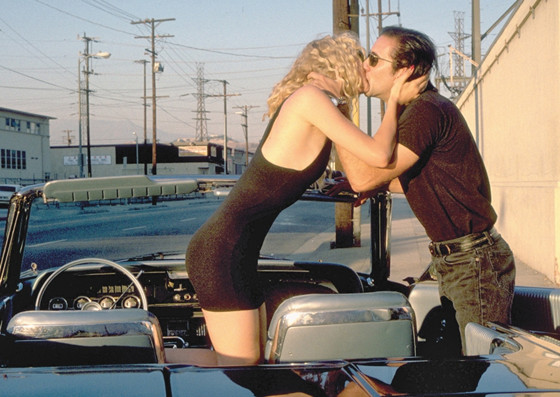
As opposed to the cold detachment of Lost Highway, Wild at Heart really does give us characters we can root for. The central pair, Sailor and Lula from Barry Gifford’s novel, are played with adorable naivety and intensity by Nicolas Cage and Laura Dern, the latter being a controversial choice at the time.
Many thought that Dern would not be able to convey the character of Lula but she proves herself to be perfect in the role. Cage and Dern give us a pair who thrive off each other in the face of many troubles. Harry Dean Stanton is also brilliant as Johnnie Farragut although his character is not given that much room to develop.
There is an interesting contrast created by acts of childish innocence, such as the candy necklace that Sailor gives Lula, unbalanced by moments of extreme violence like the death of Bob Ray Lemon. This works for the most part but sometimes stretches expectations a little too far. The Wizard of Oz imagery that runs through the story can also feel a little forced.
Lynch shows the torture of his star-crossed lovers through inserting, at their lowest point, a sickness in the form of Willem Defoe’s grotesque Bobby Peru. His arrival is reminiscent of Jesus’ temptation in the desert.
Sailor and Lula are out of money and stuck in the nowhere desert hell of Big Tuna when Peru inserts himself into their lives and tries to goad them, with various levels of success, down to his level. Needless to say they emerge, fortunately unscathed and we are given a happy ending that diverges from Gifford’s original source material.
Like Clarence and Alabama’s reprieve in Tony Scott’s True Romance some years later, Sailor and Lula are also given reconciliation and a future that seems bright. The ending is seen through the eyes of their son and there is the affectionate idea that they have the strength to be fine parents.
6. The Straight Story (1999)
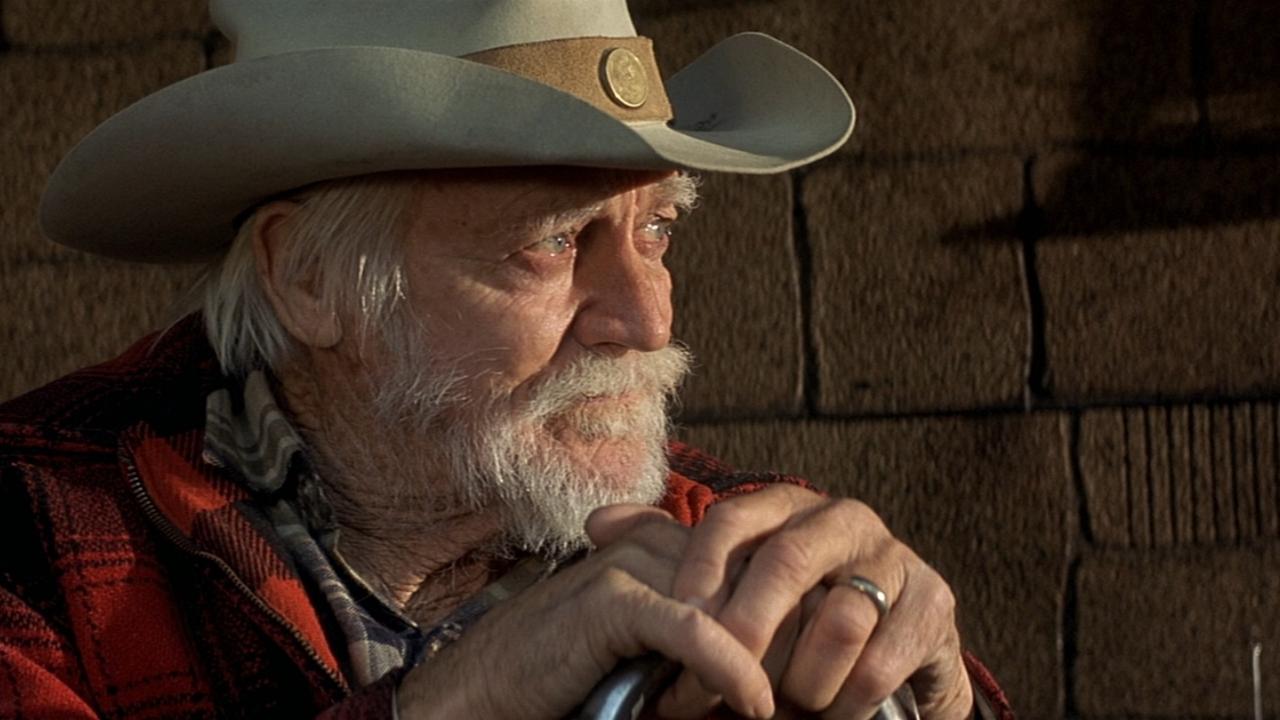
Perhaps Lynch’s warmest work, this film sticks pretty closely to the factual events on which it is based. 73 year old Alvin Straight, magnificently portrayed by Richard Farnsworth in his last role, sets off on his riding mower on a 400 mile journey across Iowa and into Wisconsin to visit his estranged brother who has suffered a stroke.
The title hints at the overall feel of the piece. It is a straight journey, which was actually filmed in sequence. Farnsworth battled bravely against bone cancer and paralysis to bring to life the struggles of a protagonist on what would be, for others, an extremely simple proposition. Along the way he meets a host of characters, explores some of his motivations and dispenses wisdom to those in need.
The open spaces of Wild at Heart are also a feature here, however they are treated as far more warm and forgiving places. Everywhere there are signs of humanity and a wilderness that has been tamed. The most hopeful vision that Lynch has ever given us is realised brilliantly in the warmth, courtesy and respect of the characters that Alvin meets along his journey.
This, combined with Angelo Badalamenti’s great soundtrack, creates immense positivity and hope. This is heightened all the more by the message that there is tragedy in life also. Beyond two brothers who haven’t spoken for ten years, there are also Alvin’s dark memories and guilt over his wartime experiences and his daughter’s tragic tale, each one being played so subtly as to induce tears in the unprepared viewer.
The Straight Story is a beautiful film; a simple story told well. Picasso, in addition to his experimental work, painted beautiful landscapes and so here Lynch proves that he can tell a straightforward story with panache, care and beauty.